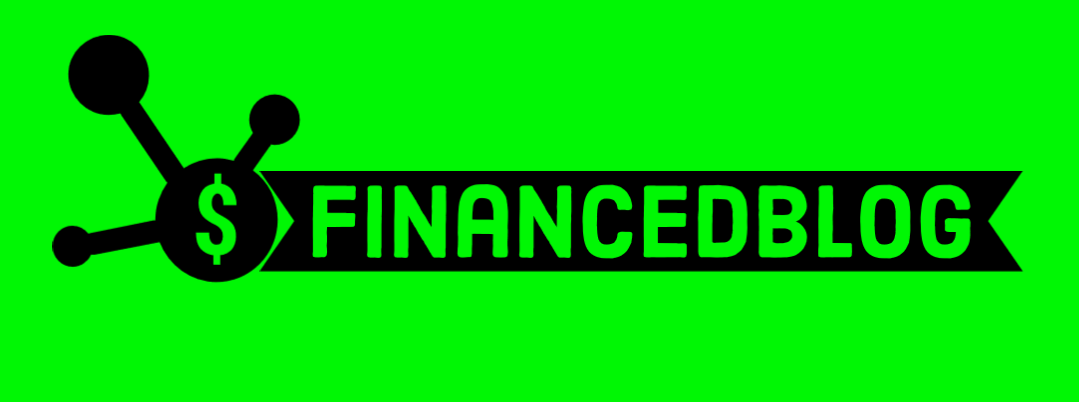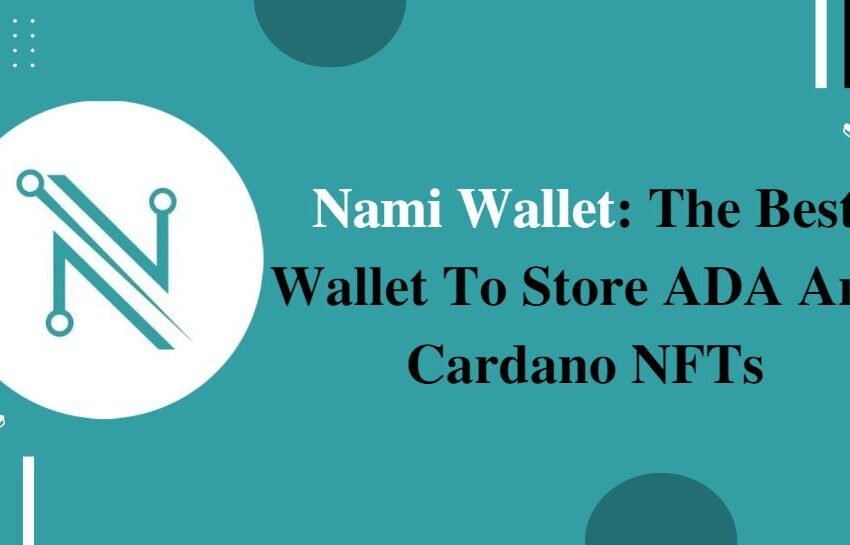What is Blockchain? A Beginner’s Guide In 2024
A blockchain is a time-stamped and immutable digital ledger of transactions (not just financial), distributed and managed by different parties across a network.
In this piece, we shall Learn
- What is blockchain?
- Types of blockchain
- Applications of blockchain by industries
Let’s dive in.

The Spreadsheet Analogy
What is blockchain really? First, let’s visualize a scenario. Using William Mougayar’s spreadsheet analogy, Google Spreadsheet, a collaborative tool for collating, sorting, analyzing, and presenting data. Before that, we had the Excel software, which is a stand-alone document employed for data computation and presentation. This, however, had limiting factors such that only one person could work on a file at a time. If another person seeks to work on it, the file has to be duplicated and worked on singly. This is because parties cannot work simultaneously on an excel file.
This singular limitation was what the Google Spreadsheet fixed. A person could input information and have that information visible to anyone who has the link to the spreadsheet. Same person can also have more than one person working on the spreadsheet at the same time. This is unlike the earlier Excel example. The spreadsheet also documents the record of every edit made on it and by whom.
This is very similar to how the blockchain works but even better.
A Simple Definition
A blockchain is a time-stamped and immutable digital ledger of transactions (not just financial), distributed and managed by different parties across a network.
The Decentralized Ledger Narrative
The definition above shows the records on a typical blockchain may not always be for financial transactions alone. It is also applicable for recording information such as the movement (supply) of goods. Anybody can employ blockchain for goods requiting tracing to their point of destination. Moreso, even the exchange of information between parties that requires permanency. Anything that demands protecting the integrity of parties involved in the exchange.
This is exactly the concept of decentralized/distributed ledger technology. One party do not control access to records of information or is free to do with it how he pleases.
Back to the Spreadsheet example, although the sheet is accessible by every party with permission, they’re still limited. The document creator still controls the sheet. He or she can bar any party with viewing or editing rights access to the sheet. The blockchain is a distributed ledger that works differently. It takes control away from a single party giving every party rights of control.
Unlike the spreadsheet, the blockchain requires every party to be in agreement before making any decision. Decisions such as edit by any party to the network which must be recorded and time-stamped. This gives its immutable nature and difficult to hack tendencies especially because of its security employed called cryptography.
Types of Blockchain
There are different types of blockchains based on the mode of coming to an agreement between parties involved. They include
- Public Blockchain: They allow anyone to participate as users, miners, developers, or community members. Anyone can see all transactions on public blockchains because they are fully transparent. The most notable use of public blockchain is in cryptocurrencies such as the Bitcoin and Ethereum Networks.
- Private Blockchain: Only allows select members to be a part of the network. It’s otherwise regarded as Permissioned Blockchain. Transactions are private and only accessible to those who have access to the ecosystem. Enterprises employ this type of networks and we have discussed in detail the applications of this type of blockchain.
- Hybrid Blockchain: Combines the privacy benefits of a permissioned and private blockchain. This means the security and transparency benefits of a public blockchain. This mix of features gives its name. Microsoft’s Azure and IBM’s Hyperledger are classified into this category.
Useful Applications of Blockchain
- Collaborative Economy Businesses: This can leverage the peer-to-peer nature of blockchain networks to facilitate transactions—anything involving the sharing of assets without the need for a Intermediaries. Intermediaries charge a premium for enabling the meet and successful transactions. The selling point for middlemen such as Uber, eBay, etc., is that they insert the trust. This may be missing between transacting parties. Intermediaries address this but at a cost known as transaction fees. Parties can use the blockchain for direct transfer of resources and see the results on its open ledger. This helps to act as a deterrent between transacting parties, reducing their tendency to err. The blockchain timestamps these records. Adversely, it helps to damage the reputation of erring parties because of this permanent record.
- Crowdfunding: This has grown to be a very popular application of the blockchain. Individuals can contribute to their favourite product seeking to raise funds for platform development. In exchange, they are issued native tokens that will be employed in the platform to facilitate transactions. This goes with different kinds of names such as ICO, STO, IEO, etc. Since the first ICO, more than $6 billion has been raised using this approach.
- Public Administration & Governance: This proves to be a useful application of the blockchain because of its embedded nature of transparency. Elections can be carried out using this technology and with the release of tamper-proof results. Some countries have successfully carried out their elections using blockchain.
- Smart Contracts: A programmable code of instructions that works on an “if this then that” (IFTTT) basis. It’s employable in different industries. Examples are the insurance industry for the payout of claims should the conditions of an event be met.
- File Storage: A powerful application of the blockchain as seen in IPFS (Interplanetary File System). Blockchain, through its distributed nature, distributes files of data throughout the network. It makes it difficult for hackers to find and exploit any single point of entry. This also helps to share loads across, unlike in centralized server components. Notable examples include BitTorrent, Filecoin, etc.
- Identity Management: Blockchain’s collaborative nature can help to connect government entities, individuals, and enterprises. This is with respect to identity management that is needed in facilitating transactions. With real-time access to information and immutable nature of the blockchain, any data stored is callable. Identity theft becomes rather tricky because of easy access to stored data. Identity theft has grown to be a monster in this digital age, but blockchain can curb it.
- IP Protection: The internet allows for the unlimited transmission of digital information. But then it also allows for the easy sidelining of product and data owners. With blockchain, digital products can be embedded with codes that trigger direct payment requests to IP (Intellectual Property). Owners, therefore, earn revenues that could be in terms of royalties or payment for use.
Application of Blockchain by Industries
- Finance: Banks and other fintech companies explore blockchain for remittance. E.g Ripple and MoneyGram partnership for faster and cheaper money transfers.
- Media: Social media platforms like Steemit, Minds, Hive etc., have been built using the blockchain.
- Medical & Health Sciences: Governments and other private entities employ the blockchain protect citizens medical records, ensuring real time access. This is achieved in a secured and decentralized manner. Estonia is one of such countries already blazing this trail.
- Politics: Nations can hold elctions as well as release thoeir election results using blockchain applications e.g as was recently achieved by Sierra Leone
- Gaming: Platforms like Decentraland, Cryptokitties etc., employ the use of blockchain to create non-fungible tokens (NFTs). Gamers and others can trade on exchanges that support such for gamers facilitating their income earning potentials.
- Real Estate: Tokenization of real estate facilitating the fractional ownership of fixed resources. People may now with the help of blockchain fractionally own lands and other immovable buildings. Brickblock, Germany’s Black Mantra recent launch of a $12 million STO (Security Token Offering) are good examples.
- Legal: Various parties can report on their activities through the distributed ledger of the blockchain. This helps to ensure compliance especially since it is available to all parties while also immutable. The tax sector of any economy can employ blockchain to report their tax earnings and penalizing defaulters. A simple smart contract application helps to automate all these.
Use this comprehensive list to read more on applications of blockchains to help you get a richer understanding,
The Relevance of Blockchain to the Present and the Future
- Cryptocurrencies such as Stablecoins: Satoshi Nakamoto’s creation of bitcoin is arguably one of the best inventions of the 21st century. Bitcoin continues to gain mainstream acceptance, and with governments exploring this path, stablecoins presents even more exciting use cases. Digital assets and their inherent volatile nature is a character rather than a bug. However, with the need to maintain intrinsic value, stablecoins help to stabilize the losses that may result in transaction latency or inflationary factors. This makes it an excellent use for cross border remittance. Stablecoins have even found more appropriate use both by Central Banks of nations and Big Techs such as Facebook.
- Pandemic Data Records and Extrapolation: Epidemiologists who study how diseases spread, gather, verify and clean data in an efficient manner. However, most epidemiologists presently do all these with difficulties. These problems are aggravating due to the government employing old health surveillance system. There are also cases of under-reporting for apparent reasons. As we well know, viral infections do not care about borders. Therefore, the political will to pursue a decentralized approach to solving problems such as pandemics with other nations is needed. Without the right data sets and volume, data extrapolations would be inaccurate. And by so doing, it will fail to achieve the aims epidemiologists intend. Critical aspects of blockchain technology, such as decentralized management, immutable audit trails, data provenance, and robustness come in handy in checking the discovery and spread of pandemics such as COVID – 19.
Additionally, multiple nodes in a permissioned blockchain can share and report vital data instantly. They can do this while complying with data privacy and any security regulation. This brings about a swift, transparent, and decentralized decision-making approach to stemming future disasters. - Bitcoin and other Cryptocurrencies used to protect against tyrannical governments: Countries like Venezuela, Zimbabwe have their citizens participating highly in bitcoin transactions which have turned for them a Safe Haven. Their fiat currency suffers from systemic corruption as well as protracted inflation. With the decentralized, peer to peer nature of the bitcoin network, they can receive money instantly from friends and families in the diaspora. This is otherwise not possible with the hovering eyes of governments who control the banks within these countries. They place limits to transactions as well as levying huge tax on these remittances. Venezuelans and others are seeking an escape from this tyranny. Blockchain through bitcoin help man secures his inalienable fundamental right to life. This is true as citizens employ remittances for the purchase of essential commodities such as food and drugs.
Summary and Conclusion
With the explanation above, the blockchain is defined as a time-stamped and immutable digital ledger of transactions. Transactions here are not just financial. Different parties manage transactions distributed across a network. Blockchain networks are classified into three major types which are public, private and hybrid blockchains.
It has several applications such as File Storage, Sharing Economy, Crowdfunding, and much more.
Blockchain is also a relevant technology for today and even the future as it ensures swift cross border remittances. It helps to hedge against inflation through cryptocurrencies and its offshoot called stablecoins. With its uncensorable nature, bitcoin the foremost cryptocurrency powered by blockchain technology helps to protect the fundamental human rights of citizens in repressive regimes.
Lastly, governments and medical experts can leverage blockchain to gather, protect and extrapolate data. By doing this, it can help prevent the future occurrences of pandemics across the world.




